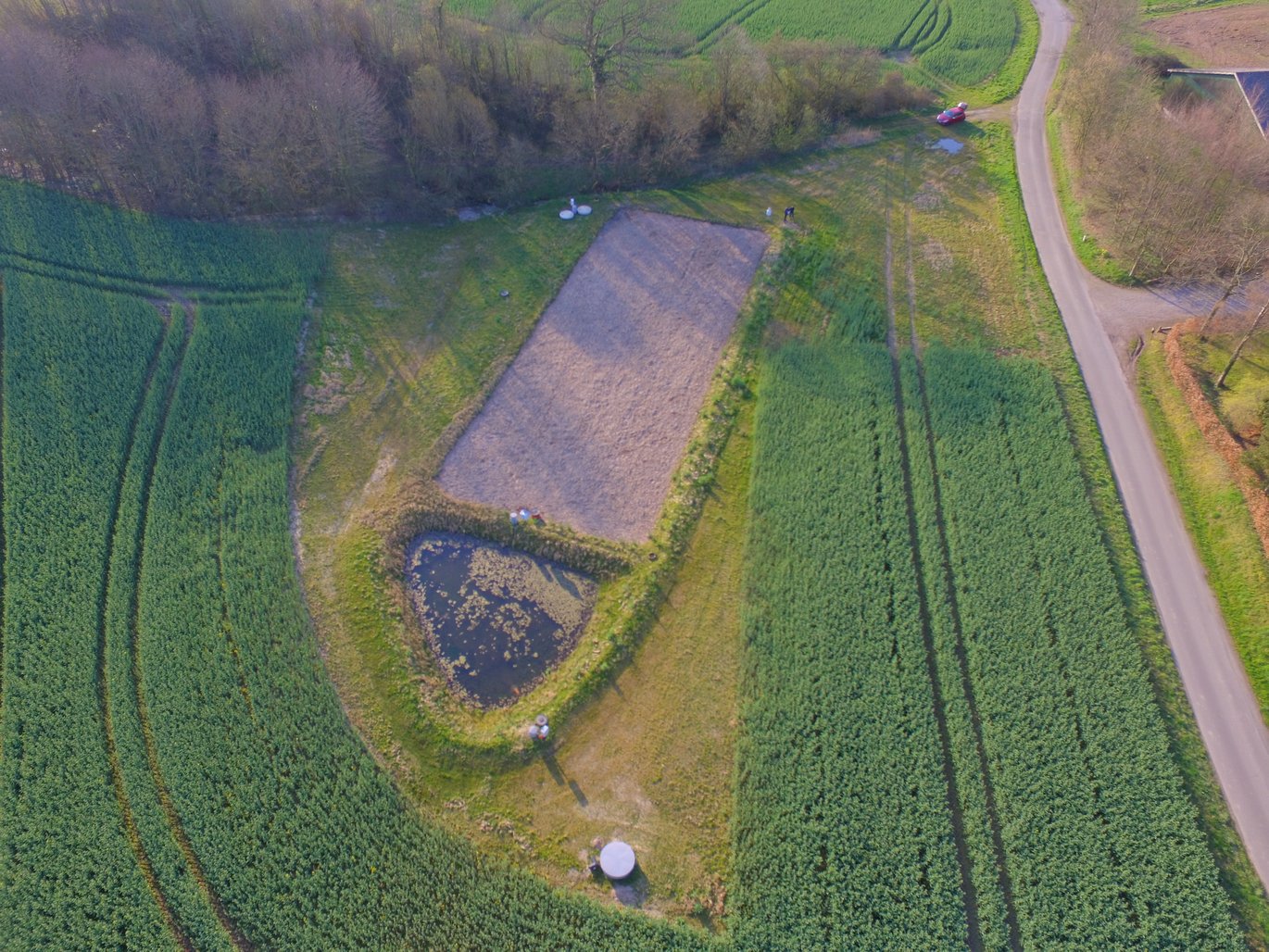Towards a national artificial drainage discharge map: Predictive modelling
Using precipitation and elevation as key variables, machine learning models can predict the quantity of annual tile drainage discharge at national scale with a high accuracy. Determining the quantity of tile drainage discharge is of great importance for the design of constructed wetlands as a mitigation strategy.

Artificial drainage of agricultural fields has a huge impact on the hydrology, nutrient cycling, and sediment dynamics. In regions with temperate climates and fine-textured soils, such as Denmark, tile drainage is a crucial water management practice. It can control runoff, prevent waterlogging and also increase water use efficiency. However, leached nutrients and chemical remnants may be transported through the tile drains directly to waterbodies such as lakes, rivers or coastal waters.
“There are different mitigation strategies for the quality of the drained water in terms of nitrogen or phosphorous leaching. One of them is the constructed wetlands,” says Saghar K. Motarjemi from the Department of Agroecology at Aarhus University.
Constructed wetlands can reduce the nitrogen load to recipient waters
Constructed wetlands are a means to eliminate excessive amounts of nitrogen from drainage water. They make use of natural nitrate-reducing processes in a controlled environment.
“These systems are mainly installed to reduce the pollution in tile drainage water from agricultural fields or run-off from industrial areas. But in order to design these wetlands in appropriate sizes, it is necessary to quantify tile drainage discharge. Plus, for studying nutrient leaching through the tile drains, quantification of the drainage discharge is essential.” says Saghar K. Motarjemi.
Machine learning paved the way
But how do you predict how much water will be discharged? It depends on several different variables, and some of them are easier that others to measure, such as precipitation.
“We wanted to develop a model that would be able to predict tile drainage discharge at a national scale. In other words, we needed to develop a model that could represent different geological regions. Therefore, we collected data from 53 drainage stations across Denmark to develop a dataset based on both the climatic variables, which could be precipitation and temperature, and the topographical information, which is of course site specific,” Saghar K. Motarjemi explains.
The variables were used to train a number of machine learning models. It was possible to look for patterns and find which variables are important in order to predict the annual tile drainage discharge at a national scale.
Precipitation and elevation explained most of the variation in tile drainage discharge
Fed with the right data the machine learning models were able to predict the annual tile drainage discharge with a high accuracy at different locations.
“Another finding was that for the data-driven models’ used in this study, in addition to annual precipitation, elevation as a topographical parameter, is very important to predict the quantity of drainage discharge,” Saghar K. Motarjemi says.
For an annual prediction the machine learning models performed very well, and they may be used to predict the quantity of drainage discharge at new locations and for generating a national scale drainage discharge map.
Additional information | |
We strive to ensure that all our articles live up to the Danish universities' principles for good research communication(scroll down to find the English version on the web-site). Because of this the article will be supplemented with the following information: | |
| Collaborators | Department of Agroecology at Aarhus University and WATEC - Aarhus University’s Centre for Water Technology |
| Funding | This study was partly supported by the Innovation Fund Denmark project Future Cropping (www.futurecropping.dk, J. nr. 5107-00002B) and by the Ministry of Environment and Food of Denmark GUDP project iDræn |
| Conflict of interest | None |
| Read more | The article "Predicting national-scale tile drainage discharge in Denmark using machine learning algorithms" is published in Journal of Hydrology: Regional Studies. It is written by Saghar K. Motarjemi, Anders Bjørn Møller, Finn Plauborg, and Bo V. Iversen. |
| Contact | PhD Saghar K. Motarjemi, Department of Agroecology, Aarhus University. Mail: sa.m@agro.au.dk |
